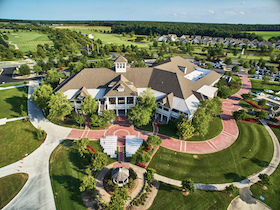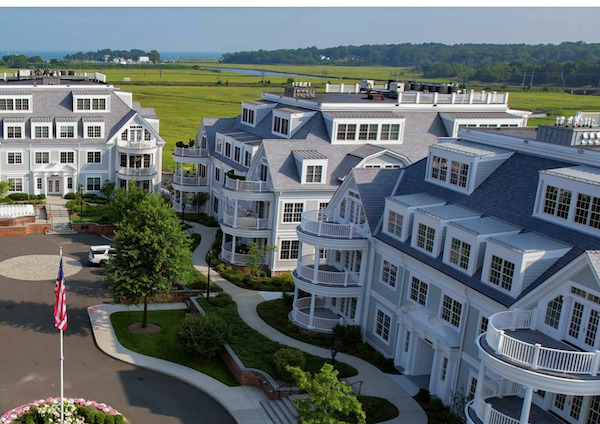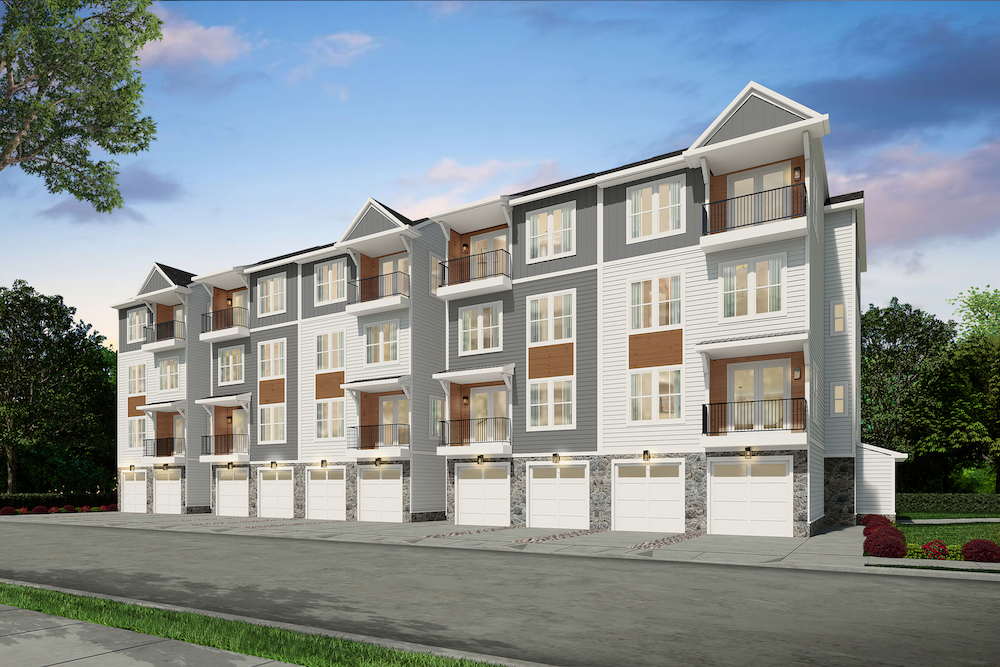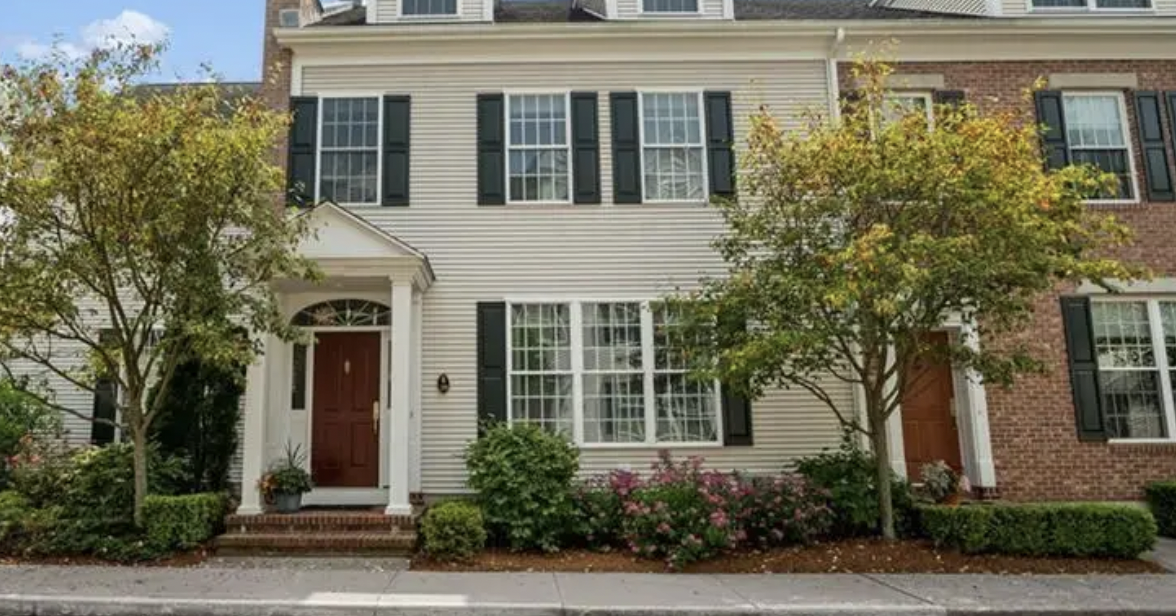Consider Walkability in Your Best Place to Retire
Category: Best Retirement Towns and States
There are so many different factors to consider when it comes to choosing your best place to retire. Climate, cultural and political environment, location, cost of living, taxes, and recreational opportunities – just to name a few. But there is another key factor to be considered that can dramatically affect your quality of life – walkability. This article will explore how the ability to walk to most of your daily activities and chores can not only enhance the quality of your life, but be a good investment as well.
In its “Tale of Two Cities” article The Daily Kos recently reported on the contrast between a very walkable town and another where residents need a car to go just about anywhere. Both Venice (FL) and Lehigh Acres (near Ft. Myers, FL) began as planned communities. But the similarities stop there. Venice has a beautiful and walkable downtown, and it was planned to be that way. You can easily walk from the downtown past the library and recreational facilities, through cute little neighborhoods, and on to a fabulous white sand beach. If you live in or near the center of town a bike or a good pair of sneakers will get you to the necessities of life. A car is only necessary for major shopping expeditions. In most parts of low-density Lehigh Acres, however, anyone without a car is landlocked. Thanks to urban sprawl, neighborhoods extend on for miles. Shopping, recreation, and culture require a car, and currently these public areas are empty with high vacancy rates. In Lehigh Acres, if you can’t or don’t want to drive, you are stuck.
Here is an August 2009 description of Lehigh Acres from the St. Petersburg Times:
“Under a huge summer sky, the sprawling community appears overexposed and abandoned. The main drag offers an endless loop of failed businesses and vacant strip centers, the only relief coming from the landscaping in the Wal-Mart parking lot.”
Besides the gain in ambiance and lifestyle, the benefits to your health that come from a walkable environment are also important. Walking takes off calories and improves fitness, prolonging and enhancing life. Your social and mental well-being are enhanced by walking, because you have the opportunity to interact with neighbors and be part of the fabric of your town. Besides all of those benefits, they offer an economic advantage as well. The KOS piece, which features some stunning Google Earth comparisons of Venice and Lehigh Acres, compares the complete collapse of housing values and rampaging foreclosure rates in sprawling Lehigh Acres (56%) with the relative stability (for south Florida anyway) in Venice home prices and foreclosures (22%).
More Walkable Towns
Venice is by no means the only walkable city or town. South Beach in Miami, New York City, and most urban centers qualify as walkable because of their density (aided by good mass transit systems). Most small towns are walkable because of their scale and density. Key West is a good example, where people rely on walking, bikes, scooters, and electric cars for day to day transportation. Most residents generally only use their cars for big trips to the supermarket or to go out of town.
The so called “New Urban Communities”, which hark back to a time when front porches and neighborhoods were more important than the automobile in our lives, are designed to be walkable. These communities usually put cars where they belong – out back in the alley. Celebration, Seaside, and Abacoa come to mind as good examples. Peachtree City, The Villages, and the Sun City communities might not be completely walkable, but they do reduce the importance of the automobile, substituting golf carts and bicycles in the place of cars. Communities like Fairhope (AL), and Savannah, Ga are good examples of older towns whose master plans still have a high walkability factor. Ave Maria, a new planned development within 50 miles of Lehigh Acres, was also designed to be walkable.
Bottom Line
Walkability is an important consideration when you pick where you are going to retire. If you select a place where you can walk or bike to your daily activities you will save money (gas), improve your health, enhance the quality of life by being part of your community, and help protect the environment. But even if all of this altruism isn’t enough, choosing a walkable environment might be in your economic best interest, because property values seem to be better in towns with a walkable environment.
For Further Reference:
10 Great Towns for Walkability
Check out the New Urbanism
Master Planned Communities






Comments on "Consider Walkability in Your Best Place to Retire"